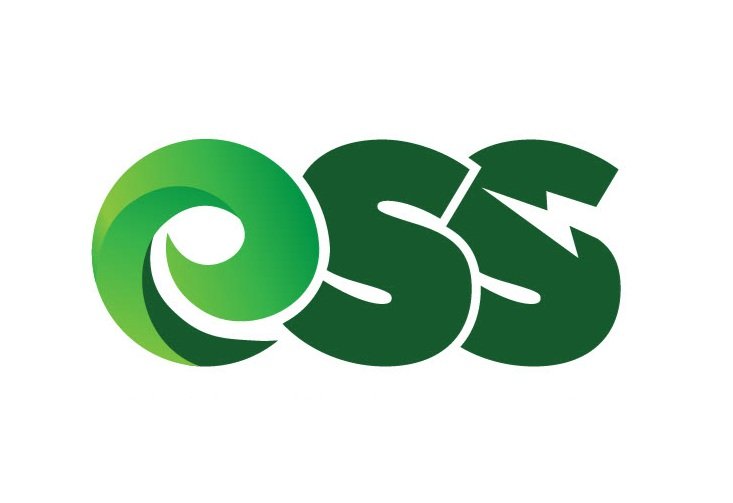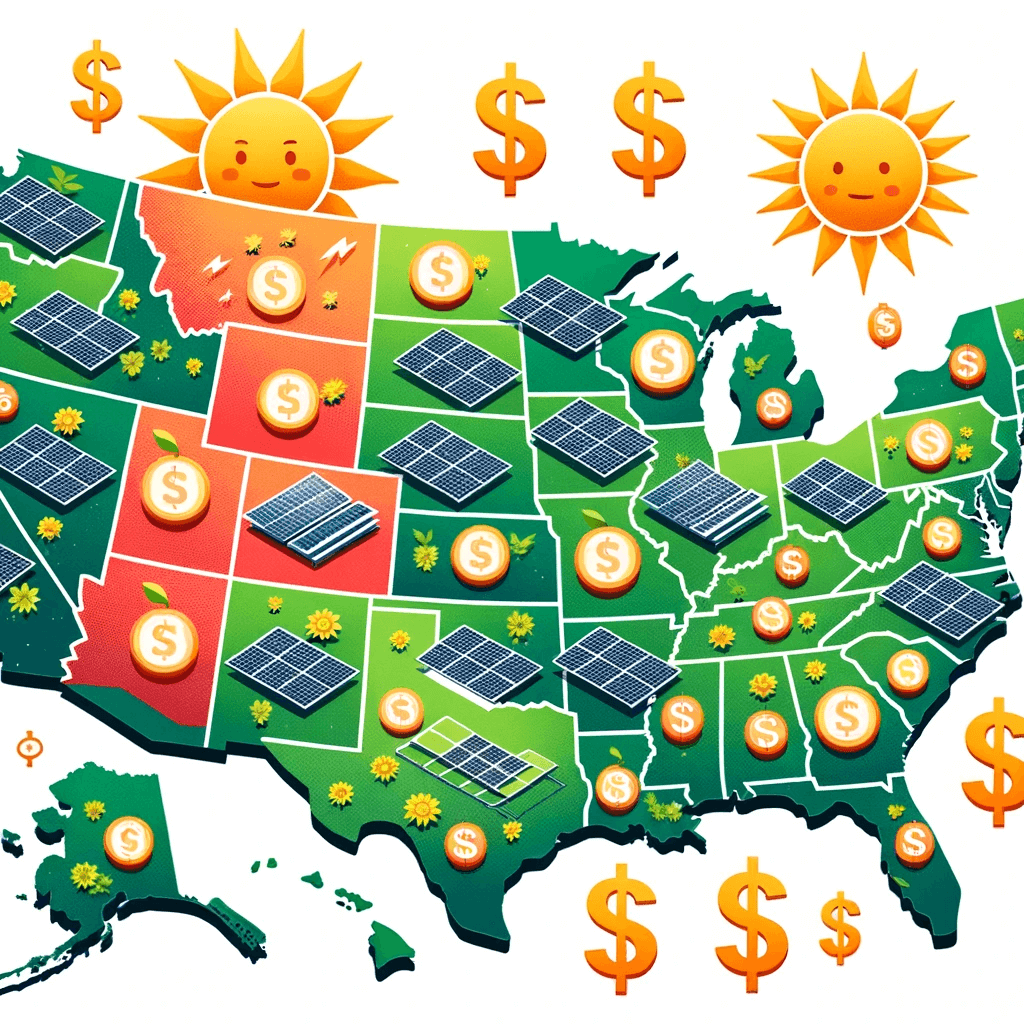Easy Guide to Solar Tax Credits and Incentives in UT
Introduction
The sun-drenched state of Utah is not just a haven for outdoor enthusiasts; it's also a hotspot for solar energy. If you're considering making the switch to solar in Utah, you're in luck. The state offers several financial incentives to make solar installation more affordable. Let's explore the tax credits and incentives available to Utah residents.
Utah's commitment to renewable energy is evident in its policies and incentives. These financial benefits, combined with the state's abundant sunshine, make solar an attractive option for homeowners and businesses alike.
1. Federal Solar Tax Credit (ITC)
What is the ITC?
The Investment Tax Credit (ITC) is a federal incentive that allows homeowners to deduct 26% of the cost of installing a solar energy system from their federal taxes.
How to Qualify
Originally, the solar tax credit was set to drop to 22% in 2023. However, with the recent enactment of the Inflation Reduction Act of 2022, the credit has not just been retained but has been boosted to 30%, with this rate being secured until 2032 at the very least.
2. Utah State Solar Tax Credit
Residential Solar Tax Credit
Utah homeowners can claim a state tax credit worth $400 for residential PV systems up to 25 kW in size, which you can combine with the 30% federal tax credit.
Commercial Solar Tax Credit
Upon approval of your application, you'll be provided with a TC-40E Form to officially claim the income tax deduction. For commercial buildings contemplating solar panels in Utah, the terms are even more advantageous. The rate stands at 10%, and though it's lower than the 25%, you can claim up to $50,000 for each solar initiative.
3. Net Metering in Utah
While not a tax credit, net metering allows Utah residents to earn bill credits for the surplus energy their solar panels produce. These credits can offset future electricity bills.
4. Local Incentives and Rebates
Several Utah utility companies offer additional rebates and incentives for solar installations. It's essential to check with your local utility provider for current offerings. At ESS Solar, we can help you get the best local offerings in UT.
Conclusion
Between federal, state, and local incentives, Utah residents stand to save significantly when switching to solar. As the landscape of solar incentives evolves, staying informed can help homeowners and businesses maximize their savings. ESS Solar is here to guide Utah residents through the maze of incentives and ensure they reap the full benefits of going solar.
Frequently Asked Questions (FAQ)
-
To claim the ITC, you'll need to file IRS Form 5695 with your federal tax return. The credit will be applied to your total tax liability.
-
Yes, Utah residents can claim both the Federal Solar Tax Credit and the Utah State Solar Tax Credit, maximizing their savings on solar panel installations.
-
If your tax liability is less than the credit, the remainder can be carried over to the following tax year, up until the credit is phased out.
-
Yes, to qualify for Utah's residential solar tax credit, the property with the solar installation must be your primary residence.







